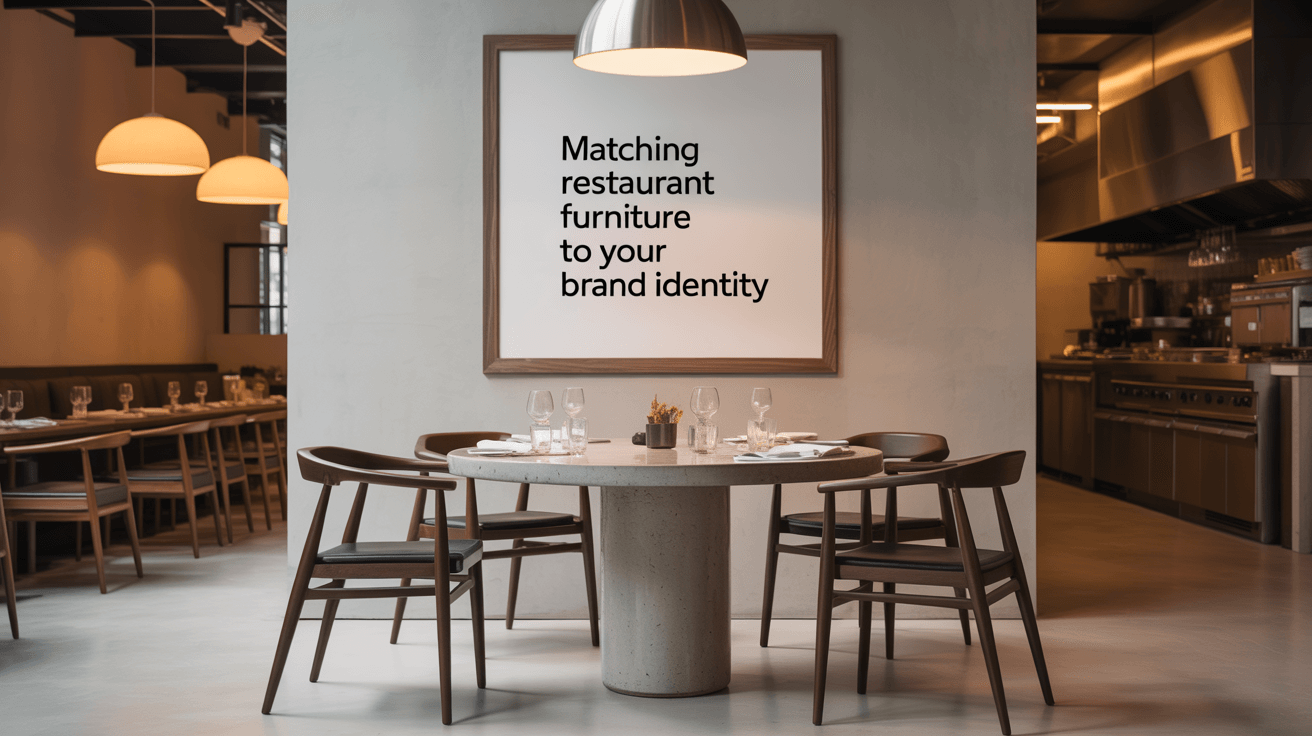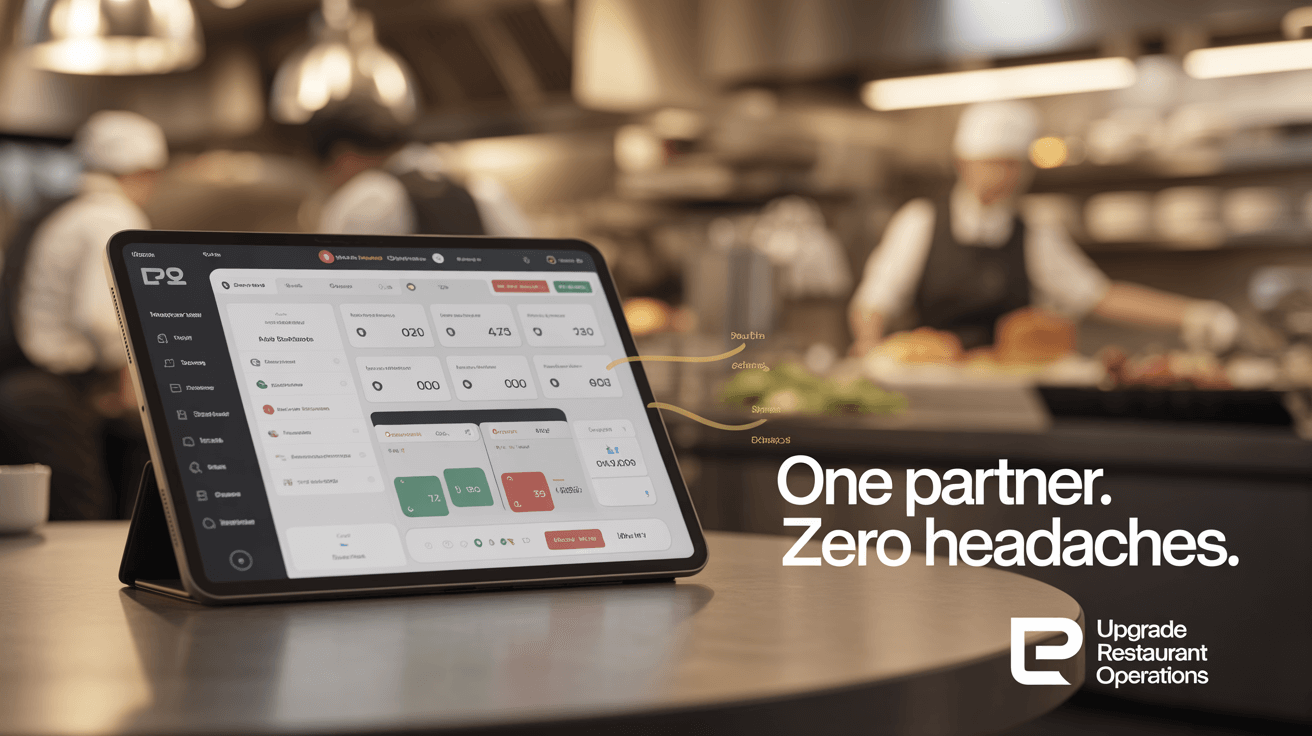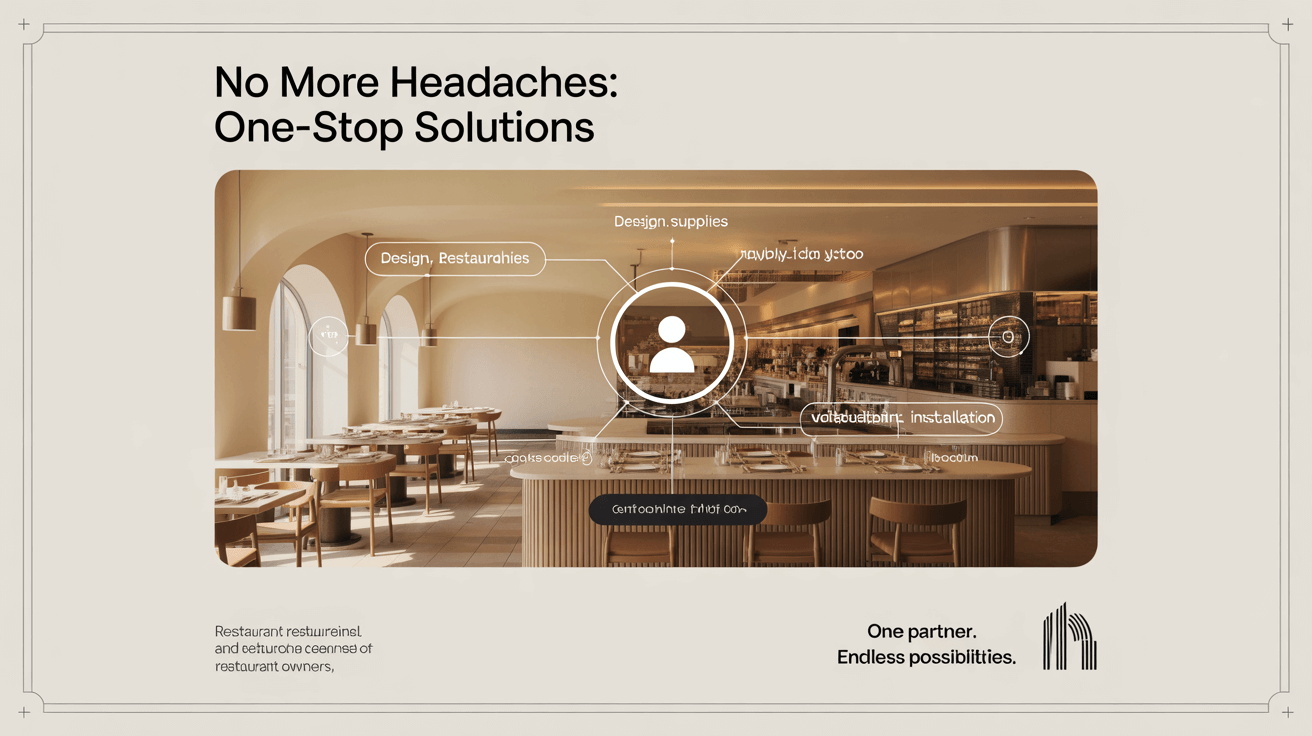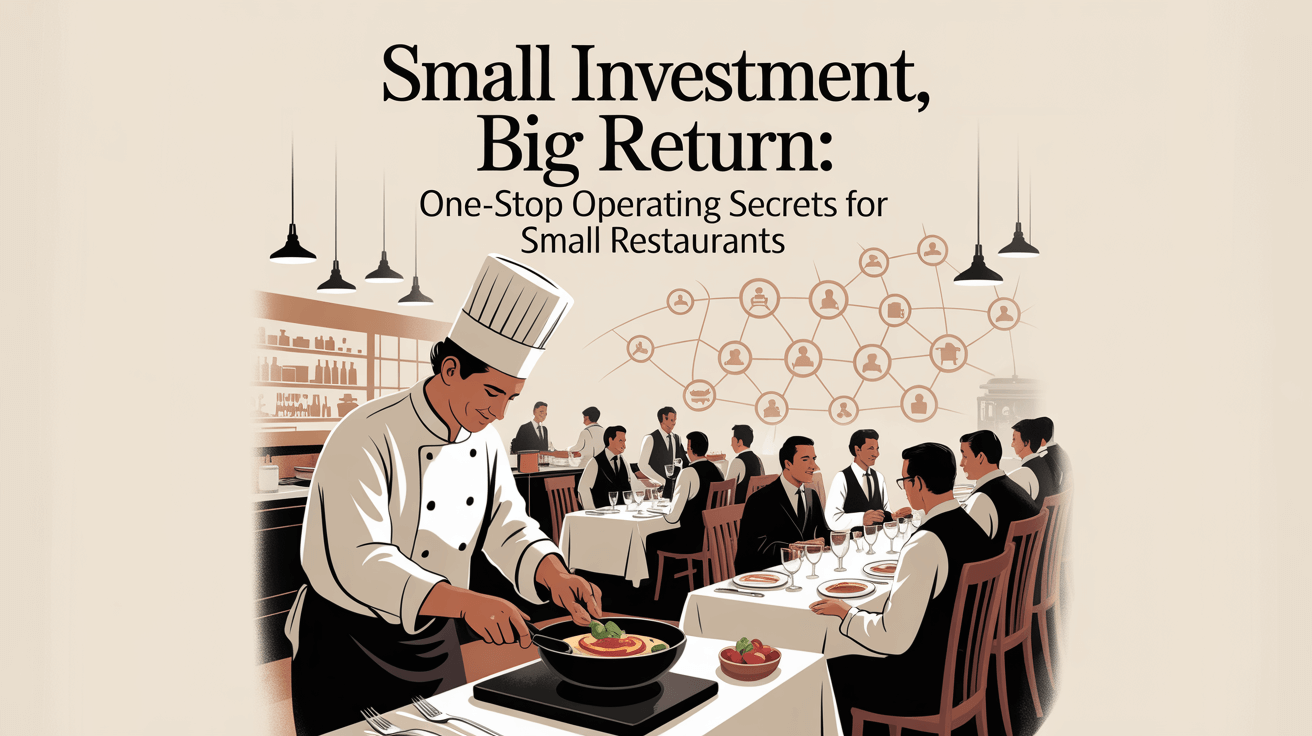Matching Restaurant Furniture to Your Brand Identity shows how curated seating, tables, and décor reinforce your concept and create lasting impressions. But here’s the kicker… every piece you choose speaks your brand’s story.
1. Identify Your Brand Personality
● Define core values: modern, rustic, upscale, casual
● Choose a signature color palette for finishes
● Select textures reflecting your concept: wood, metal, fabric
● Determine mood: cozy, energetic, elegant, laid-back
Ready for the good part? clarity here guides every furniture decision.
| Brand Trait | Material Cue | Guest Perception |
|---|---|---|
| Rustic | Reclaimed wood | Warmth & authenticity |
| Modern | Powder-coated steel | Sleek sophistication |
2. Align Furniture Styles with Concept
● Match booth shapes to architectural themes
● Use chair silhouettes echoing décor style
● Pair tables with complementary base designs
● Integrate accent pieces that reinforce concept
What’s the real story? cohesive styling deepens brand impact.
3. Select Materials That Tell Your Story
● Warm woods for farm-to-table or comfort-focused brands
● Industrial metals for urban or loft-style venues
● Performance fabrics for family-friendly diners
● Mixed-media for eclectic, boutique concepts
This is where it gets interesting… material choice amplifies narrative.
4. Choose Signature Pieces as Focal Points
● Custom booths featuring brand-logo embroidery
● One-of-a-kind tables with inlaid motifs
● Statement chairs in brand colors or shapes
● Unique bar stools matching counter design
But here’s the kicker… standout pieces become visual anchors.
| Piece Type | Brand Feature | Placement |
|---|---|---|
| Custom Booths | Logo stitching | Main dining wall |
| Inlaid Tables | Patterned top | Center of room |
5. Balance Functionality with Aesthetics
● Ensure seating comfort aligns with style
● Select easy-clean surfaces matching design
● Combine durable frames with refined finishes
● Trade-off ornate details where traffic is heavy
Ready for the good part? form and function go hand in hand.
6. Coordinate Color and Finish Consistency
● Use consistent metal finishes across tables and chairs
● Match wood stains on booths, tables, and bar fronts
● Introduce accent cushions in brand highlight hues
● Repeat finish textures on trim, shelving, and frames
What’s the real story? visual repetition cements brand recall.
7. Leverage Scale to Reinforce Identity
● Oversized lounge sofas in relaxed, upscale concepts
● Slim-profile stools for minimalist, modern brands
● Deep, plush booths in casual comfort–driven venues
● Compact café tables for quick-service themes
This is where it gets interesting… scale choices shape guest expectations.
| Scale Choice | Brand Type | Guest Impact |
|---|---|---|
| Oversized Sofas | Upscale lounge | Extended dwell |
| Slim Stools | Minimalist café | Airy, uncluttered |
8. Use Branding Touchpoints in Details
● Laser-etched logos on tabletop edges
● Embroidered patterns on seat backs
● Branded coasters and tabletops inlays
● Color-matched piping on booth cushions
But here’s the kicker… subtle details reinforce identity continuously.
9. Integrate Lighting and Furniture Harmony
● Pendant fixtures matching table base finishes
● Under-seat LED strips echoing brand hues
● Sconces coordinating with chair frames
● Table lamps reflecting material textures
Ready for the good part? lighting synergy elevates overall design.
10. Ensure Cohesive Layout and Flow
● Group furniture types by concept zones
● Maintain clear sightlines to branded focal points
● Position signature pieces at entry and key junctions
● Align furniture flow with brand narrative journey
This is where it gets interesting… layout itself tells your story.
| Layout Zone | Furniture Style | Brand Message |
|---|---|---|
| Entrance Lounge | Plush armchairs | Welcome comfort |
| Main Dining | Branded booths | Signature style |
11. Adapt for Seasonal or Thematic Variations
● Swap cushion covers to reflect seasonal menus
● Rotate accent chairs for special events
● Introduce limited-edition décor aligning with promotions
● Change table centerpieces to brand-oriented themes
What’s the real story? dynamic touches keep the brand fresh.
12. Prioritize Material Longevity and Brand Promise
● Select commercial-grade framing matching style
● Use high-resilience foam in brand-designated seating
● Choose fade-resistant upholstery to uphold aesthetic
● Apply durable finishes reflecting brand quality
But here’s the kicker… lasting materials uphold brand reliability.
| Durability Metric | Material Choice | Brand Benefit |
|---|---|---|
| Abrasion Rating | 75K+ double rubs | Long-term look |
| Frame Warranty | 5 years | Consistent quality |
13. Coordinate Vendor and Design Partnerships
● Work with artisans aligned to your concept
● Source materials from suppliers sharing brand vision
● Review portfolios for previous brand collaborations
● Negotiate custom runs for signature collections
Ready for the good part? curated partnerships enhance authenticity.
14. Test and Refine Through Prototyping
● Build sample layouts and furniture mock-ups
● Gather staff and guest feedback on fit and feel
● Adjust dimensions, finishes, and comfort levels
● Finalize selections based on real-world trials
This is where it gets interesting… prototyping avoids costly misalignments.
| Prototype Metric | Feedback Focus | Adjustment Area |
|---|---|---|
| Comfort Rating | Guest surveys | Foam density |
| Visual Appeal | Staff walk-throughs | Finish tones |
15. Maintain Brand Consistency Over Time
● Document furniture specifications in brand guide
● Audit quarterly for wear and style drift
● Update pieces in line with brand refreshes
● Retire outdated items that no longer fit identity
What’s the real story? consistency builds trust and recognition.
Conclusion
By mapping your brand’s personality to furniture styles, materials, color, and layout, you’ll create a cohesive restaurant identity that resonates with guests. Implement these strategies to ensure every seat tells your brand’s unique story.
FAQ
Q1: How often should furniture reflect brand updates?
Ideally every 2–3 years alongside major branding refreshes.
Q2: Can I mix materials and still look cohesive?
Yes—limit palettes and textures to your core brand scheme.
Q3: Are custom runs worth the investment?
Signature pieces drive memorability and justify higher margins.
Q4: How do I test prototype comfort?
Invite staff and select guests to sit and provide detailed feedback.
Q5: What’s the best way to document furniture specs?
Include photos, dimensions, materials, and finishes in a brand style guide.






